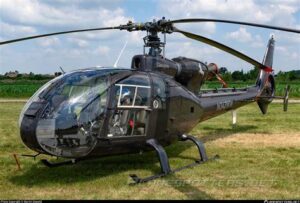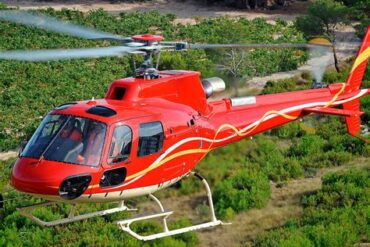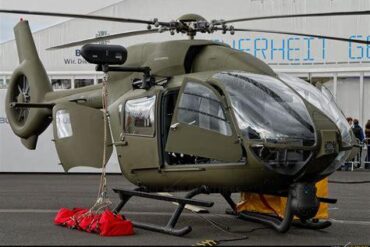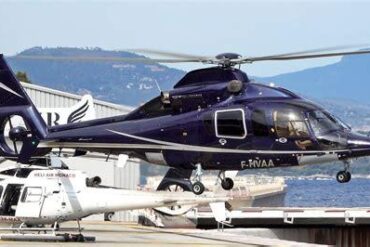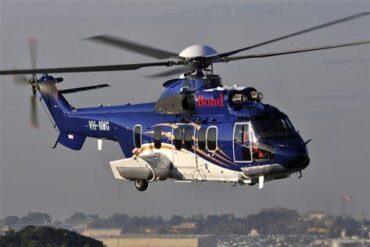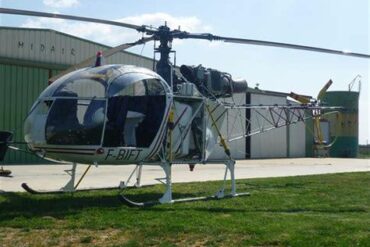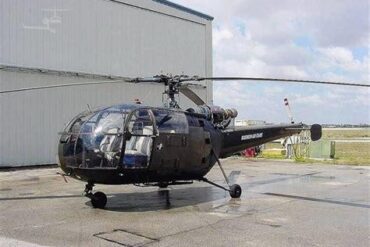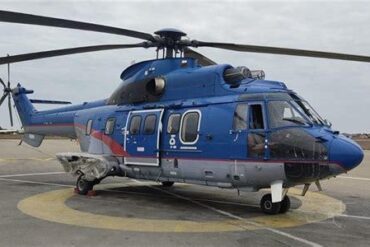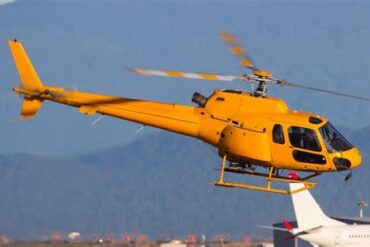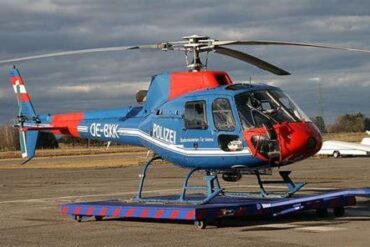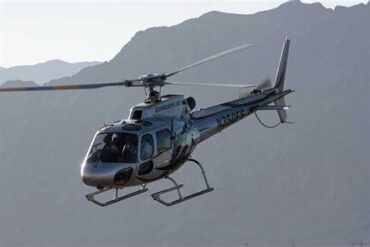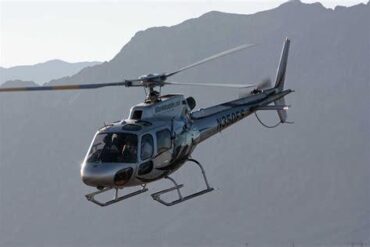The Aérospatiale Gazelle is a versatile and reliable light helicopter known for its agility and performance. Developed in the late 1960s by the French company Aérospatiale (now part of Airbus Helicopters), the Gazelle has been used extensively in both military and civilian roles. Understanding the price and operating costs of this aircraft is essential for potential buyers and operators who want to make informed decisions.
Overview of the Aérospatiale Gazelle
The Aérospatiale Gazelle is renowned for its sleek design, featuring a fully enclosed tail rotor (Fenestron) and a high-speed capability. It typically seats up to five people, including the pilot, and has been used in various roles such as reconnaissance, light attack, and training. The Gazelle is powered by a single Turbomeca Astazou turboshaft engine, which provides exceptional performance and reliability.
Variants and Their Impact on Price
The Aérospatiale Gazelle has multiple variants, each designed for specific missions or roles. These include the SA 341 and SA 342 models, with further sub-variants tailored for military or civilian use. The variant chosen directly impacts the purchase price. For example, military versions equipped with advanced avionics and weapon systems tend to be more expensive than civilian models used for transport or training.
Current Market Price
The price of a used Aérospatiale Gazelle can vary significantly based on factors such as age, condition, and specific configuration. As of 2024, the price range for a used Gazelle typically falls between $400,000 to $1.2 million. Military versions on the higher end of the spectrum may exceed this range due to specialized equipment and upgrades.
Factors Affecting the Price
-
Condition: A well-maintained aircraft with a complete service history will command a higher price.
-
Hours Flown: Aircraft with lower flight hours are generally more expensive due to reduced wear and tear.
-
Upgrades: Modern avionics, new paint, or recent overhauls can increase the price.
-
Market Demand: The demand for light helicopters, particularly in the military sector, can influence pricing.
Operating Costs
Operating a Aérospatiale Gazelle involves several cost factors, including fuel, maintenance, insurance, and crew salaries. Understanding these costs is crucial for budgeting and operational planning.
Fuel Costs
The Gazelle’s Turbomeca Astazou engine consumes approximately 130-160 liters of fuel per hour. Assuming an average fuel price of $1.50 per liter, the hourly fuel cost would range between $195 and $240. Annual fuel expenses can vary based on usage, with typical annual flying hours ranging from 100 to 300 hours.
Maintenance Costs
Maintenance costs are a significant portion of the operating expenses. These include routine inspections, component overhauls, and unscheduled repairs. The Gazelle’s maintenance is divided into scheduled (preventive) and unscheduled (corrective) maintenance:
-
Scheduled Maintenance: This includes periodic inspections such as 100-hour checks, annual inspections, and component replacements. The cost for these can range from $20,000 to $50,000 annually, depending on the aircraft’s condition and flight hours.
-
Unscheduled Maintenance: Unforeseen repairs due to component failure or accidents can be costly, with expenses ranging from $10,000 to $30,000 or more annually.
Insurance Costs
Insurance is another critical cost factor, covering both hull and liability insurance. The premium is influenced by factors such as pilot experience, usage, and aircraft value. For a Gazelle, annual insurance costs typically range from $15,000 to $25,000. Operators with a good safety record and experienced pilots may benefit from lower premiums.
Crew Salaries and Training Costs
Operating a Aérospatiale Gazelle requires skilled personnel, including pilots and maintenance staff. Salaries vary based on experience and location but typically fall within the following ranges:
-
Pilot Salary: A Gazelle pilot’s salary can range from $60,000 to $100,000 annually.
-
Maintenance Crew: Salaries for maintenance technicians can range from $50,000 to $80,000 annually.
-
Training Costs: Initial and recurrent training for pilots and crew is essential, with costs ranging from $5,000 to $15,000 per year.
Hangar and Storage Costs
The Gazelle requires adequate storage to protect it from the elements, which may involve renting or purchasing hangar space. Hangar costs vary based on location and facilities but typically range from $10,000 to $30,000 annually. Proper storage reduces maintenance costs by minimizing exposure to adverse weather conditions.
Depreciation and Resale Value
Depreciation is an essential factor in the overall cost of ownership. The Aérospatiale Gazelle tends to hold its value well due to its reputation and demand in the market. However, factors such as age, condition, and technological obsolescence can affect depreciation rates. On average, the Gazelle may depreciate at a rate of 5-10% per year. Operators can mitigate depreciation by investing in regular maintenance and upgrades.
Operational Efficiency and Cost Reduction Strategies
To manage and reduce operating costs, operators of the Aérospatiale Gazelle can adopt several strategies:
-
Efficient Flight Planning: Optimizing flight routes and reducing unnecessary flight time can significantly lower fuel consumption.
-
Preventive Maintenance: Regular and thorough maintenance can prevent costly unscheduled repairs and extend the aircraft’s lifespan.
-
Insurance Optimization: Comparing insurance providers and opting for group insurance plans can reduce premiums.
-
Crew Training: Investing in high-quality training for pilots and maintenance staff ensures operational safety and efficiency, potentially lowering insurance costs and improving resale value.
Total Cost of Ownership
When considering the total cost of ownership for the Aérospatiale Gazelle, it’s essential to factor in both the initial purchase price and the ongoing operating costs. For a typical operator, annual operating costs, excluding depreciation, can range from $150,000 to $300,000, depending on usage and specific operational factors.
Over a 10-year period, including depreciation, maintenance, fuel, insurance, and other associated costs, the total cost of ownership for a Aérospatiale Gazelle can be estimated to range from $2 million to $4 million.
Conclusion
The Aérospatiale Gazelle remains a popular choice for both military and civilian operators due to its reliability, performance, and versatility. However, understanding the price and operating costs is crucial for making an informed purchase decision. By carefully considering factors such as fuel consumption, maintenance, insurance, and crew costs, operators can effectively manage their budgets and maximize the value of their investment in this iconic helicopter.
